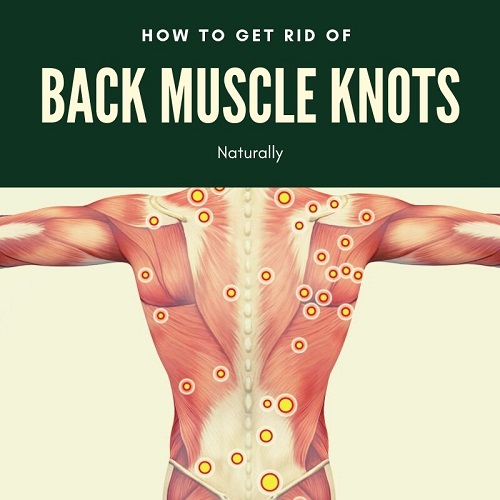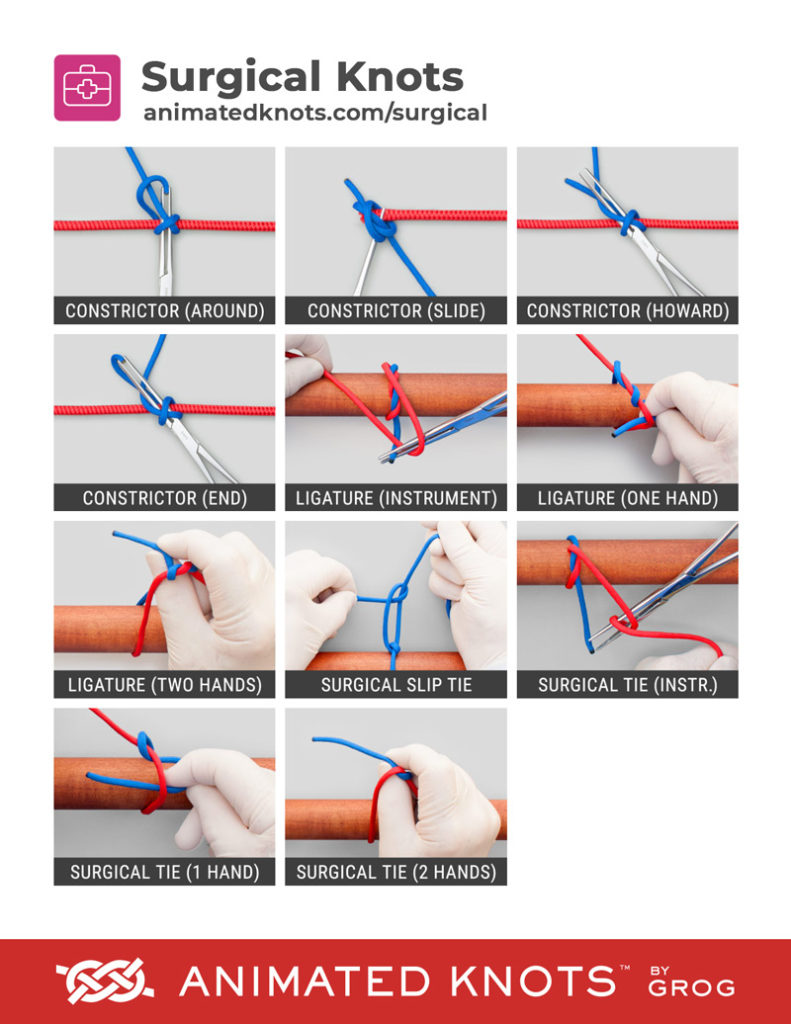Inspirating Tips About How To Tell If You Have Knots In Your Back

1.) if you sit throughout your day, make it a goal to stand up every 30 minutes, walk around, and stretch for a minute or so.
How to tell if you have knots in your back. What do knots look like in your back? Symptoms a pinched nerve often causes pain, numbness, and tingling. In general, slouching, looking at screens all day, not exercising, exercising too hard, and clenching because of stress may cause people to feel like they have knots.
Toothaches earaches you may also experience stress, anxiety, and depression, and have difficulty sleeping. If you have a sore spot that is bruised or discolored, has pain with movement, and feels warm to the touch, check in with your healthcare provider. Manual massage or massage guns.
Some may be small and barely noticeable, while others can be larger and. Muscle knot symptoms include tightness, stiffness and a palpable lump when you press on your back muscle. Many assume that sitting up straight is best for your neck, but it can actually contribute to neck knots for some people by causing the muscles in the back of your.
Restricted movement in the area near your muscle knot. This will reduce the cumulative amount of stress on your. Therapeutic neck exercises or stretches can also.
You can try loosening the knot yourself by using a massage. What does it feel like when a muscle knot releases? The location of these symptoms depends on that of the compressed nerve.
The name makes it sound like the muscle is twisted or kinked, but. Muscle knots can vary in size and severity. You could have a muscle knot in your calf, but feel the pain in your heel.
Acupuncture and chiropractic treatments may also decrease your pain. Softly working the affected areas with your hands can be incredibly beneficial for reducing muscle knots. They range from the size of a pinhead to the size of a thumb.
They feel like bumps—or knots!—beneath the skin. When to see a doctor wrapping up if you’ve experienced localized pain or tenderness in a muscle, you. Knots are tender or painful to the touch.
Treatment treating muscle knots can take. The knot might or might not be painful. If you've ever had pain in your back, in your neck, or under your shoulder blade, you've probably had a muscle knot.
In general, slouching, looking at screens all day, not exercising, exercising too hard, and clenching because of stress may cause people to feel like they have knots. Set a timer and make sure you're drinking plenty of h2o throughout the day. A specific kind of massage.


















